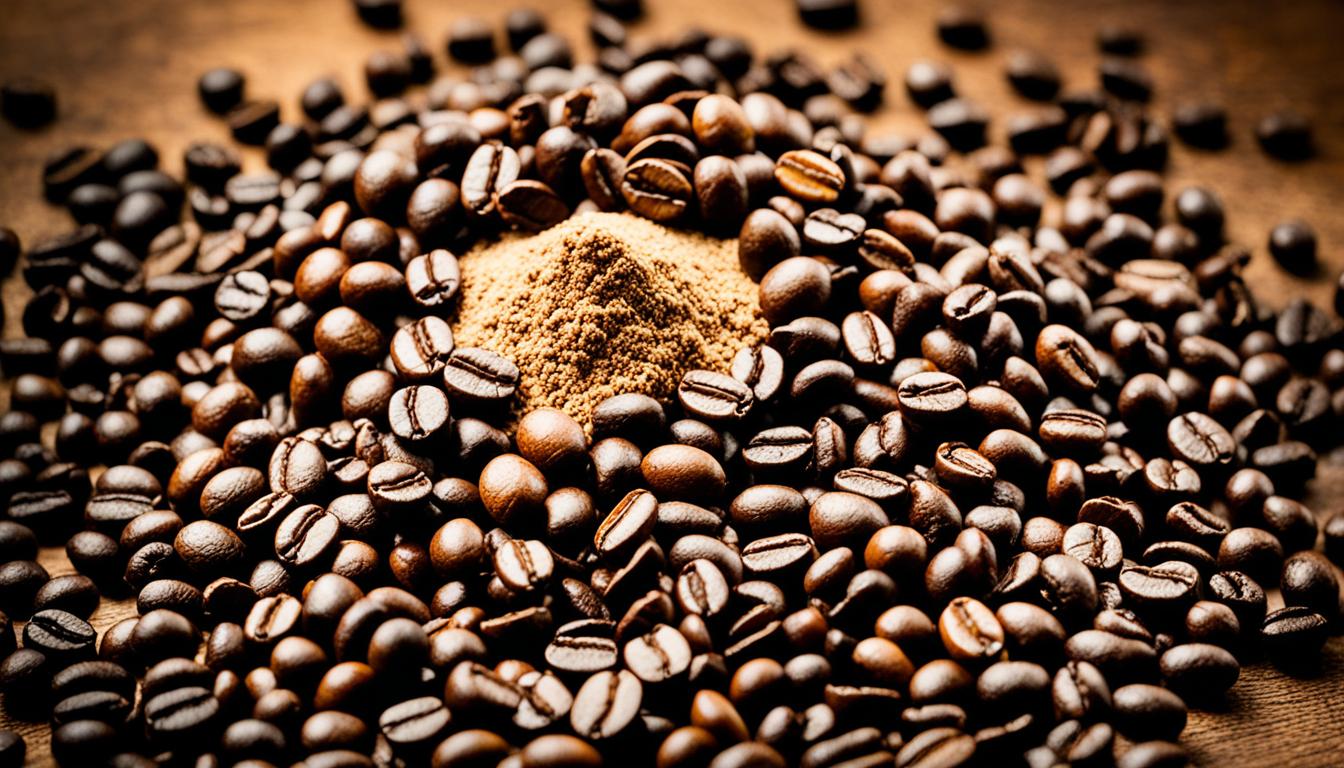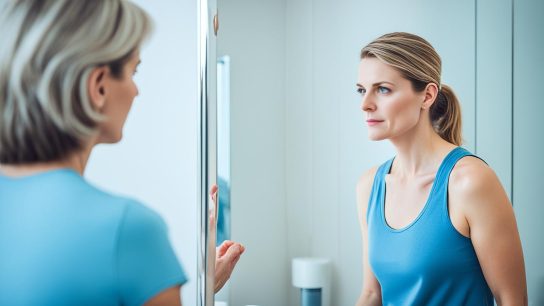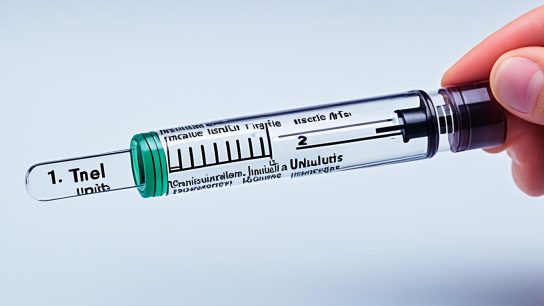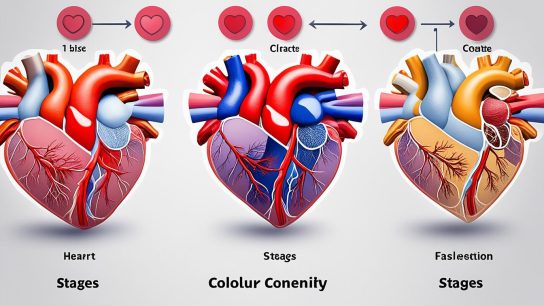Are you curious about the caffeine content in your daily cup of coffee? Well, you’re in the right place! In this article, we’ll explore how many grams of caffeine are typically found in a cup of coffee, the factors that can affect caffeine content, and the variations in caffeine levels among different types of coffee.
When it comes to measuring caffeine in coffee, it’s important to note that the amount can vary based on a few key factors. These factors include the type of coffee beans used, the roasting style, the brewing method, and even the serving size.
On average, an 8-ounce cup of brewed coffee contains about 95 milligrams (mg) of caffeine. However, it’s essential to remember that this is just an estimate, and the actual caffeine content can range from almost zero to over 500 mg depending on the specific coffee drink.
Factors such as the type of coffee bean and the roast style can also impact caffeine levels. Lighter roasts tend to have more caffeine than darker roasts. Additionally, the type of coffee you choose, such as regular brewed coffee, espresso, instant coffee, or decaf coffee, can also affect the caffeine content.
So, whether you’re sipping on a steaming cup of freshly brewed coffee or indulging in a rich espresso shot, the caffeine content can vary. To give you a better understanding, we’ll dive into the specific caffeine amounts in different types of coffee in the following section.
But first, let’s take a moment to appreciate the allure of a perfectly brewed cup of coffee:
Now that we’ve whetted your caffeine curiosity, let’s explore the caffeine content in different types of coffee and how it can vary from one cup to another.
Factors Affecting Caffeine Content
Several factors can influence the caffeine content in a cup of coffee, contributing to the overall experience and impact of your favorite morning brew. Understanding these factors can help you navigate the world of coffee and customize your caffeine fix to suit your preferences.
Type of Coffee Beans
The type of coffee beans used plays a significant role in determining the caffeine concentration in your cup. Different varieties of coffee beans naturally have varying levels of caffeine. For example, Robusta coffee beans contain nearly twice as much caffeine as Arabica beans, making them a popular choice for those seeking a more potent cup of joe.
Roasting Process
The roasting process also influences caffeine levels. Lighter roasts tend to retain more caffeine compared to darker roasts. As beans are roasted for longer periods, the caffeine content diminishes. So, if you’re looking for a greater caffeine kick, opt for a lighter roast.
Type of Coffee
The type of coffee you choose to indulge in can significantly impact the caffeine levels. Whether you prefer regular brewed coffee, espresso shots, instant coffee, or decaf options, each has different caffeine content. Espresso shots typically have higher caffeine concentration compared to brewed coffee, while instant coffee generally contains lesser amounts.
Serving Size
The serving size of your coffee can greatly influence the overall caffeine intake. Whether you enjoy a small 8-ounce cup or a larger 24-ounce cup, the caffeine content varies accordingly. It’s essential to be mindful of the serving size when estimating your caffeine consumption.
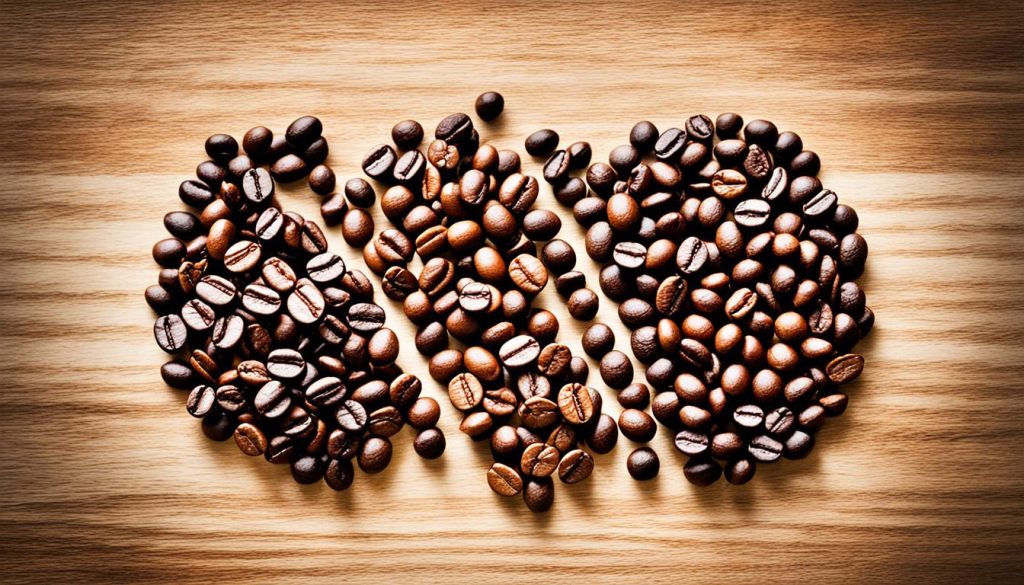
As you can see, various factors can affect the caffeine content in your cup of coffee. From the type of coffee beans and the roasting process to the type of coffee and the serving size, each element plays a crucial role in determining the caffeine levels. Understanding these factors allows you to tailor your coffee experience and make informed choices regarding your caffeine intake.
Caffeine Content in Different Types of Coffee
The caffeine content in a cup of coffee can vary depending on the specific type of coffee. On average, a standard 8-ounce cup of brewed coffee contains about 95 mg of caffeine. However, different types of coffee have their own caffeine amounts:
- Espresso: Espresso is made by forcing hot water or steam through finely ground coffee beans. It typically contains about 63 mg of caffeine per 1-ounce shot.
- Espresso-based drinks: Espresso-based drinks like lattes and cappuccinos contain the same amount of caffeine as a single shot of espresso.
- Instant coffee: Instant coffee generally has less caffeine than regular brewed coffee, with an average of 30 to 90 mg per cup.
- Decaf coffee: Despite its name, decaf coffee still contains some caffeine, usually ranging from 0 to 7 mg per cup.
These variations in caffeine content allow coffee lovers to choose the type that suits their preferences and desired caffeine intake.
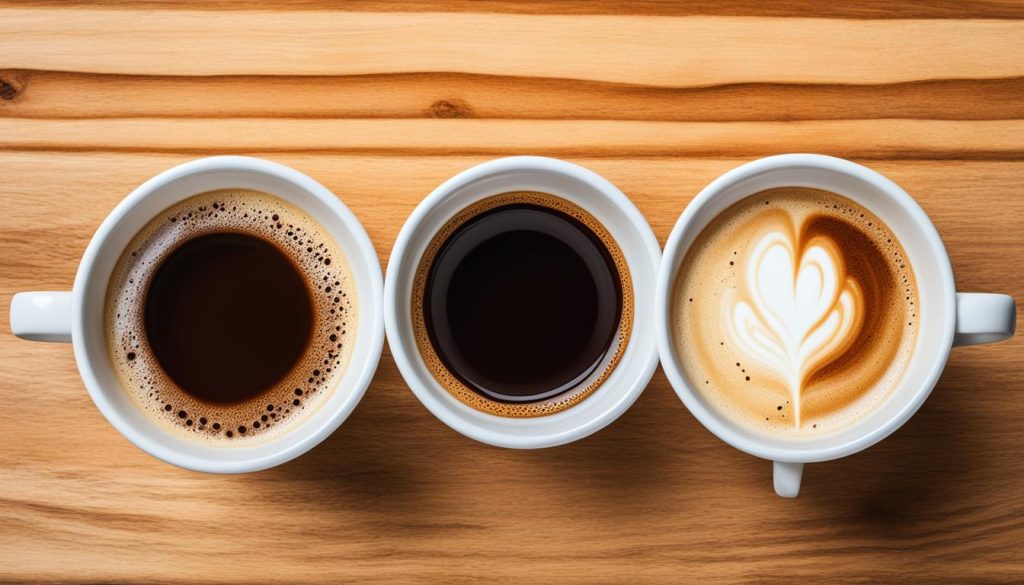
The Chart below highlights the average caffeine content in different types of coffee:
| Coffee Type | Average Caffeine Content per 8-ounce Cup |
|---|---|
| Brewed Coffee | 95 mg |
| Espresso | 63 mg per 1-ounce shot |
| Instant Coffee | 30-90 mg |
| Decaf Coffee | 0-7 mg |
How Many Grams of Caffeine in a Cup of Coffee?
When it comes to the caffeine content in coffee, different brands offer varying levels. Take Starbucks, for example. They provide a range of brewed coffee options, each with a different amount of caffeine. An 8-ounce cup of Starbucks brewed coffee contains 180 mg of caffeine, while a larger 20-ounce cup boasts 415 mg.
Other popular coffee chains such as McDonald’s and Dunkin’ Donuts also offer their unique coffee blends with different caffeine levels. A 12-ounce cup of McDonald’s coffee has about 109 mg of caffeine, while Dunkin’ Donuts’ smaller 10-ounce cup contains 215 mg.
It’s important to note that the caffeine levels mentioned can vary based on the specific coffee blend and brewing method used by each brand. So, whether you prefer Starbucks, McDonald’s, or Dunkin’ Donuts, be mindful of the caffeine quantity in a coffee cup.
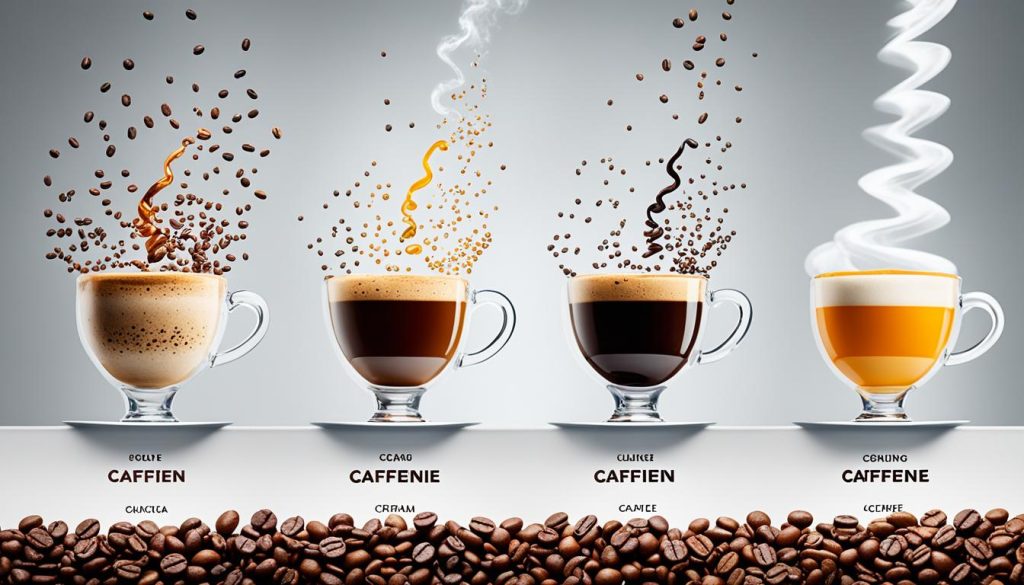
| Coffee Brand | Cup Size (oz) | Caffeine Content (mg) |
|---|---|---|
| Starbucks | 8 | 180 |
| Starbucks | 20 | 415 |
| McDonald’s | 12 | 109 |
| Dunkin’ Donuts | 10 | 215 |
Maximizing Caffeine Content in Coffee
If you’re looking to maximize the caffeine content in your coffee, there are a few factors to consider. By understanding and manipulating variables such as coffee bean caffeine concentration, roast style, grind size, and brewing method, you can create a more caffeinated cup of coffee to suit your preferences.
Choosing the Right Roast
When it comes to caffeine, lighter roasts generally pack a stronger punch than darker roasts. During the roasting process, caffeine is gradually diminished, meaning that a lighter roast maintains more of the bean’s original caffeine content. So if you’re looking for a higher caffeine kick, opt for a light or medium roast coffee.
Grind Size Matters
The size of your coffee grounds can also impact the caffeine concentration in your cup. Finely ground coffee beans offer an advantage by increasing the surface area exposed during brewing. This allows for better extraction, resulting in a higher caffeine content. Consider investing in a quality coffee grinder to control the grind size and maximize caffeine extraction.
Explore Different Brewing Methods
Not all brewing methods are created equal when it comes to caffeine extraction. Certain methods, like a Moka Pot or pour-over, have the potential to produce a stronger cup of coffee compared to traditional drip coffee makers. Experiment with different methods to find the one that yields the desired caffeine level and flavor profile. Remember to adjust other variables accordingly, such as coffee-to-water ratio and brew time, to achieve the best results.
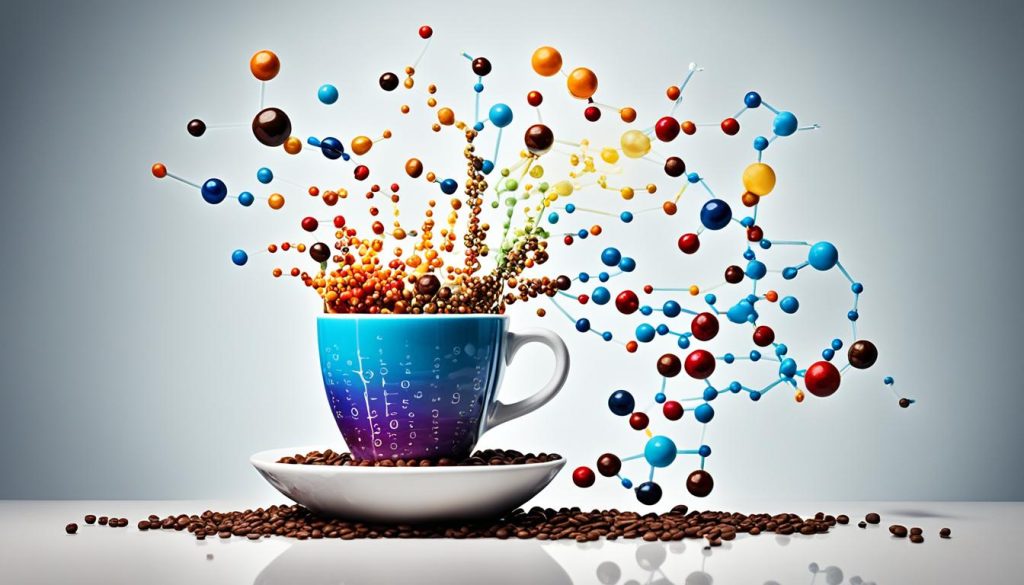
Overall, maximizing caffeine content in your coffee involves a combination of factors, including the coffee bean’s caffeine concentration, the roast style, the grind size, and the brewing method. By understanding these variables and experimenting with different approaches, you can create a cup of coffee that delivers the desired caffeine boost to enhance your day.
Safe Caffeine Consumption and Health Considerations
Moderate caffeine consumption is generally considered safe for most healthy adults. According to the FDA, consuming 400-600 mg of caffeine per day, equivalent to about 4-6 average cups of coffee, is not associated with adverse effects in most people. However, it’s important to understand that caffeine sensitivity can vary from person to person.
Consuming too much caffeine can lead to negative effects such as anxiety, sleep disruptions, and increased heart rate. It’s crucial to be aware of your own caffeine tolerance and adjust your consumption accordingly. If you’re unsure about your caffeine intake or concerned about its impact on your health, it’s always a good idea to consult with a healthcare professional.
If you’re looking to estimate the caffeine content in your coffee, you can refer to the following table that provides an overview of the approximate caffeine levels in different types of coffee:
By understanding and calculating the caffeine content in your coffee, you can make informed choices that align with your caffeine needs and health considerations.
Conclusion
The caffeine content in a cup of coffee can vary depending on various factors such as the type of coffee beans, roasting style, brewing method, and serving size. On average, an 8-ounce cup of brewed coffee contains about 95 mg of caffeine. This is equivalent to roughly one standard shot of espresso.
Espresso, known for its strong flavor and concentrated caffeine content, contains around 63 mg of caffeine per 1-ounce shot. Instant coffee, on the other hand, generally has a lesser caffeine content compared to regular brewed coffee, with an average of 30 to 90 mg per cup.
Commercial coffee brands like Starbucks, McDonald’s, and Dunkin’ Donuts offer coffee options with different caffeine levels to cater to individual preferences. It’s important to consider your own caffeine sensitivity and health considerations when consuming coffee. It is generally recommended to consume caffeine in moderation, as excessive intake may lead to adverse effects such as anxiety, sleep disruptions, and increased heart rate.
Always consult with a healthcare professional if you have any concerns about your caffeine intake, especially if you have pre-existing health conditions or are taking medications that may interact with caffeine. So remember, enjoy your cup of coffee in moderation, and savor the delightful flavors and aromas that this popular beverage has to offer.

